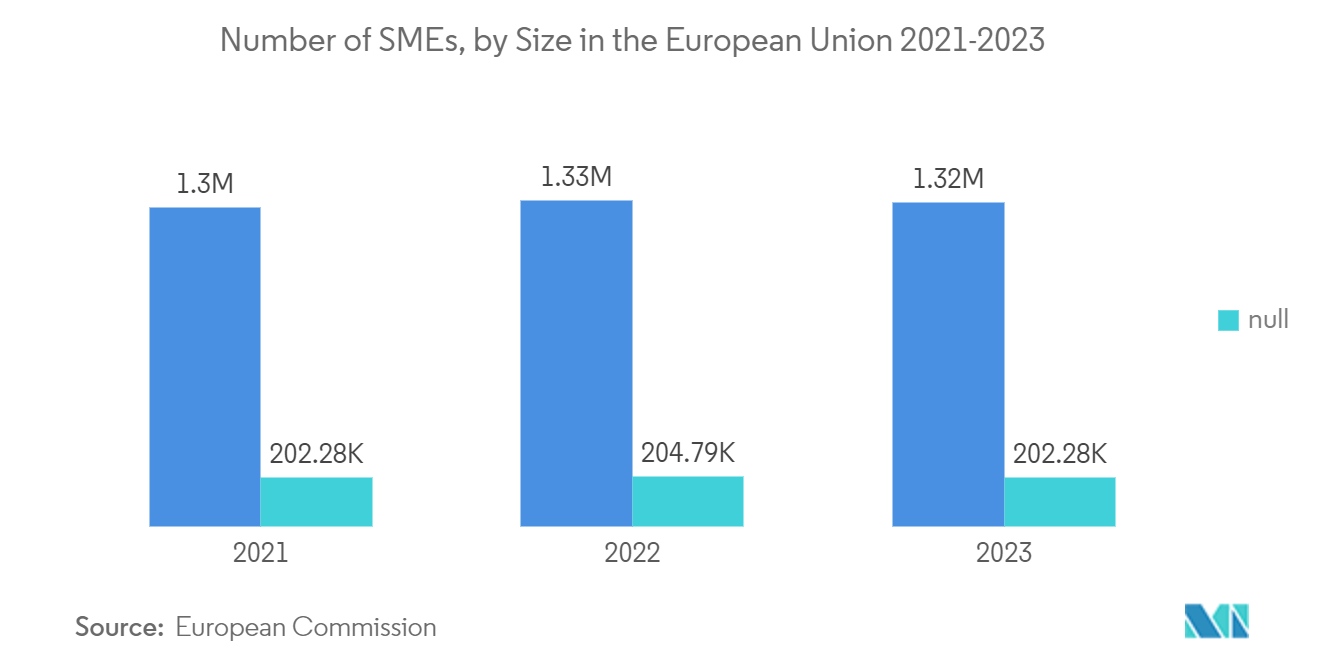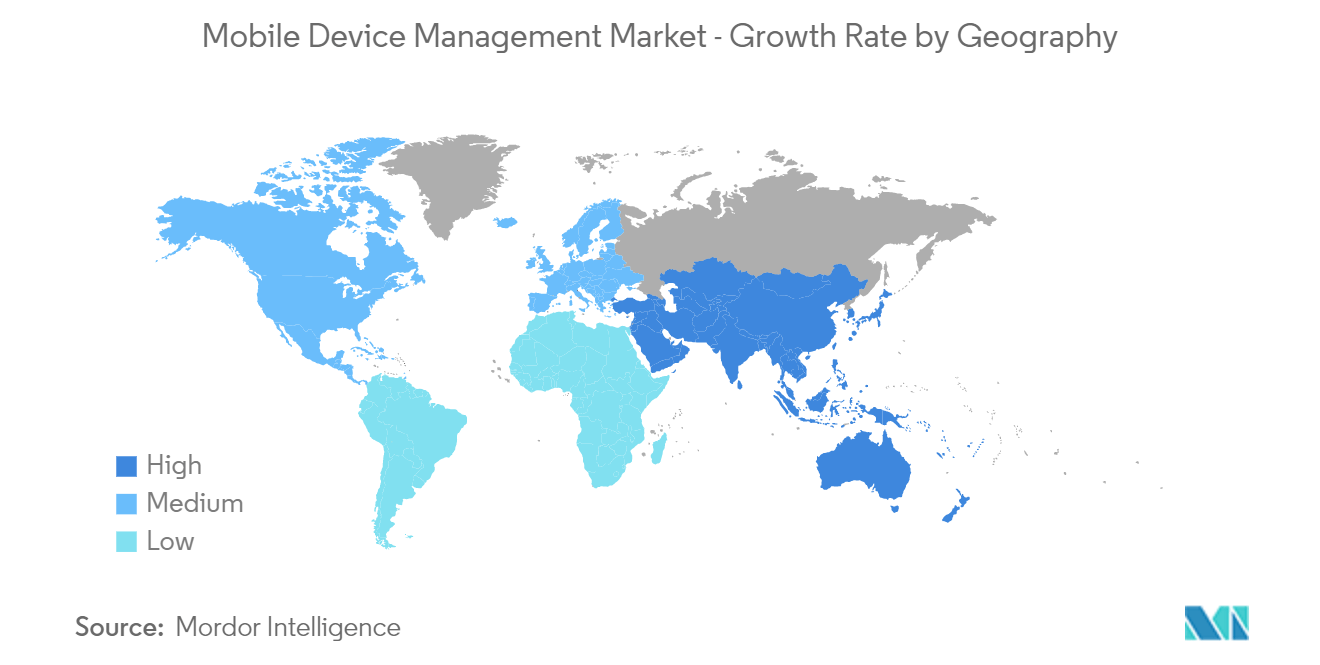Market Trends of Mobile Device Management Industry
Cloud-based Deployment is Expected to Dominate the Market
- Various organizations are rapidly adopting the cloud-based deployment of mobile device management solutions in the corporate landscape owing to their flexible, smooth, scalable, and affordable characteristics.
- A recent AT&T study found the hybrid work model is anticipated to grow from 42% in 2021 to 81% in 2024. Between July 13 and July 31, 2022, FlexJobs surveyed over 2,000 employed professionals for their insight on important topics surrounding the current work landscape. According to FlexJobs' Employee Engagement Report, 48% of employers are harboring some remote work for their workforce. When asked what their company's post-pandemic workplace plans would be, 26% of respondents said their employer would follow a hybrid model, and 22% said they would be allowed to work remotely. The adoption of remote work is anticipated to boost the adoption of cloud-based mobile device management solutions.
- In April 2023, Google Cloud announced a series of new security alliances to bring more choice, capability, and simplicity to enterprise and public sector IT teams tasked with managing hybrid work at scale. Google Cloud extended its identity, device, and access management capabilities of Google Workspace through new alliances with Okta and VMware, enabling large-scale businesses and public sector organizations to provide their workforces with FedRAMP-authorized collaboration and communication tools.
- Although MDM's primary purpose is security, it also has many other core functions. The main components of a mobile device management solution are access management, device and application security, data security, device tracking, endpoint monitoring and management, task automation, tech support, and content management. Cloud-based solutions empower IT teams, with functionality, such as enrolling, locking, managing, and protecting devices from a remote location. Modern mobile devices use different operating systems that demand regular firmware updates of their platforms for the device's smooth functioning. A cloud-based MDM solution enables a faster response to such update requirements than an on-premises solution.
- Several industry verticals, such as manufacturing, telecom, transportation, utilities, logistics, and retail, prefer cloud-based MDM solutions due to their various advantages. Small and medium-sized enterprises (SMEs) are also rapidly moving toward cloud deployment solutions due to budget constraints and the ease of accessibility of cloud-based MDM solutions.

North America is Expected to Hold the Largest Market Share
- North America is one of the prominent markets, mainly attributed to the increasing demand for advanced technology across numerous regional end-user industries. Additionally, the evolution of device management technologies is aiding the market's growth in the region.
- According to the Consumer Technology Association (CTA) and the US Census Bureau, the sales value of smartphones sold in the United States increased from USD 73 billion in 2021 to USD 74.7 billion in 2022. According to GSMA, the number of smartphone subscribers in North America is anticipated to reach 328 million by 2025. Moreover, by 2025, the region might witness an upsurge in the penetration rates of mobile subscribers (86%) and the Internet (80%). The increasing demand for mobile phones is likely to offer lucrative opportunities for the development of the studied market.
- With 5G services being deployed in many parts of the region, the role of mobile device management is expected to gain even more importance. According to GSMA estimates, North America surpassed 1 billion 5G connections in 2022. It would surpass 2 billion by 2025, driven by continuous network investments from operators and the expanding range of 5G smartphones at numerous price points. By 2025, North America would become the first region where 5G accounts for over 50% of total connections.
- Many regional organizations are increasingly deploying enterprise mobility solutions that help manage the increasingly dynamic mobile workforce and protect their content from data breaches, cyber-attacks, web and network threat security, and severe data losses. This is fueling the demand for mobile device management solutions across the region.
- To that extent, in March 2022, Apple announced the launch of its Apple Business Essentials for all small businesses in the United States. The new service combines device management, 24/7 Apple support, and iCloud storage into flexible subscription plans. Apple also unveiled its new AppleCare+ for Business Essentials options that could be added to any plan. A two-month free trial would be available to all customers, including those who have been employing Apple Business Essentials in beta.


